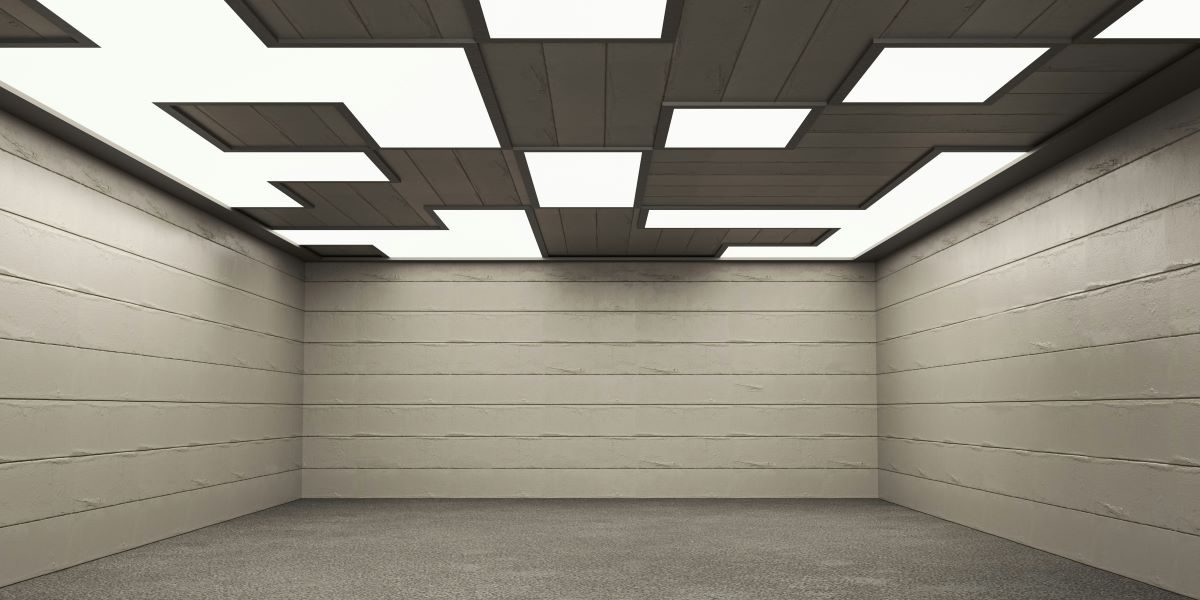An LED light diffuser is a device or material designed to distribute light from an LED source more evenly. LEDs, by nature, emit light in a concentrated and directional manner, often resulting in bright spots or harsh shadows.
An LED diffuser helps soften and scatter the light, providing a more uniform and appealing illumination. Diffusers are commonly made from materials like frosted acrylic, polycarbonate, or silicone, and they are used in a wide range of applications, from residential lighting to commercial displays.
LED light diffusers not only improve the aesthetic quality of light but also improve its functionality. By reducing glare and hotspots, they make environments more comfortable and visually pleasing, which is especially important in settings like offices and hospitals, amongst others.
How Does an LED Light Diffuser Work?
An LED light diffuser works by manipulating the path of light as it passes through the diffuser material. When light hits the surface of a diffuser, it is scattered in multiple directions rather than continuing in a straight, concentrated beam. This scattering effect occurs due to the microscopic structure of the diffuser material, which either refracts or reflects the light.
Some diffusers use frosted surfaces to break up the light, while others rely on microscopic particles embedded in the material to scatter it.
As a result, the light becomes less concentrated and is spread more evenly across the area. Advanced LED diffusers may also incorporate layers that filter specific wavelengths of light to enhance color quality or reduce blue light emissions, adding to the comfort and functionality of the lighting.
Benefits of Using an LED Light Diffuser
1. Optimized Lighting Effects
One of the primary benefits of an LED light diffuser is the improvement in light quality. Diffused light eliminates harsh shadows and reduces glare, creating a more pleasant and natural ambiance. This makes it an ideal choice for living spaces, offices, and photography studios.
2. Enhanced Visual Experience
Direct LED light can be uncomfortable for the eyes, particularly in high-brightness settings. Diffusers mitigate this issue by softening the light, making it easier to work or relax in illuminated spaces. This is particularly beneficial in task lighting, where prolonged exposure to intense light can cause strain.
3. Aesthetic Benefits of Diffused Light
LED diffusers also improve the appearance of lighting fixtures. By creating a smooth and uniform light output, they may improve the design of modern lighting solutions, such as LED panels, strips, and decorative fixtures. This makes them a popular choice for interior designers and architects.
Types of LED Light Diffusers
LED diffusers come in various shapes and materials to suit different applications. Flat diffusers are commonly used in panel lights, while tube diffusers are ideal for linear LED strips.
Opal diffusers are popular for their high level of light diffusion, while clear diffusers offer a balance between light diffusion and brightness.
Conclusion
LED light diffusers play a key role in enhancing illumination by softening and scattering light. They help minimize glare, reduce hotspots, and contribute to a more balanced and pleasant lighting environment.
Published by Stephanie M.

















